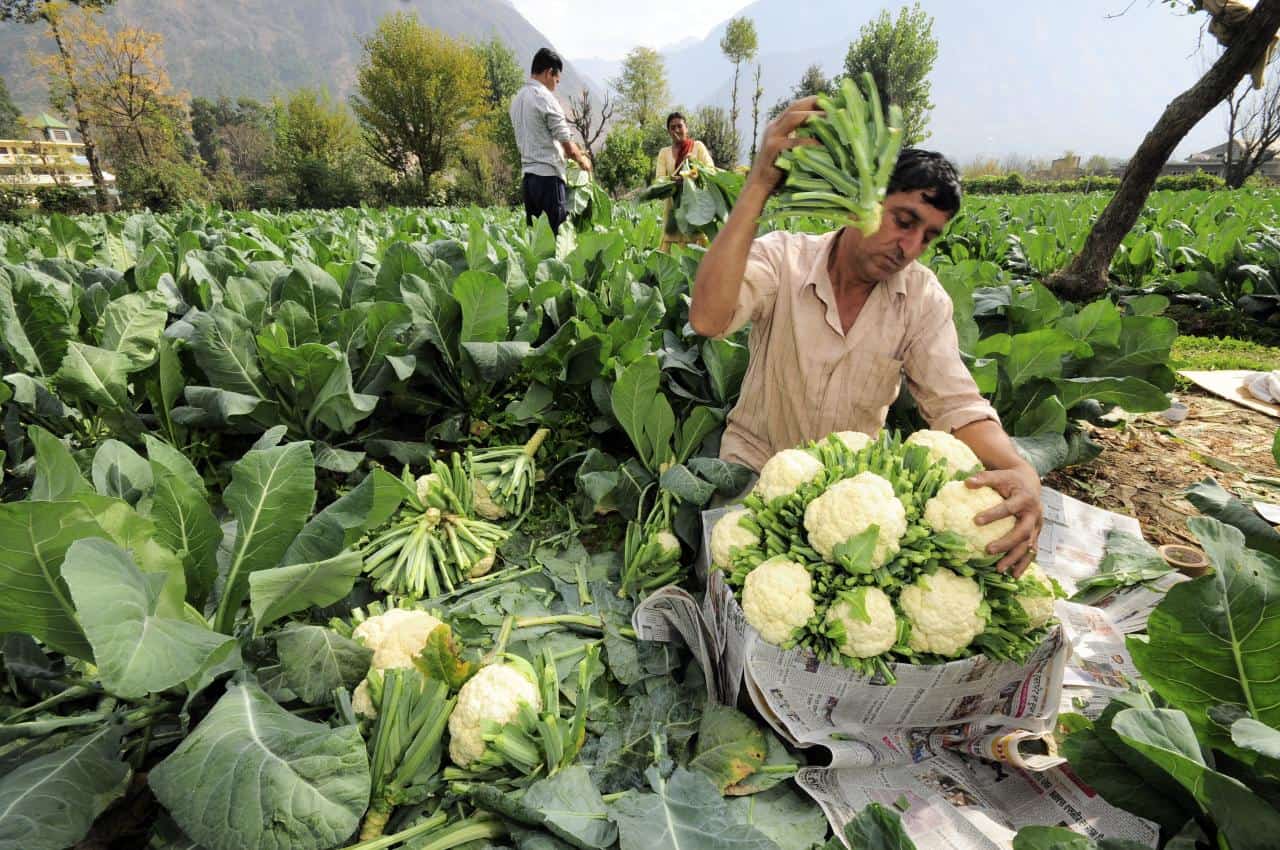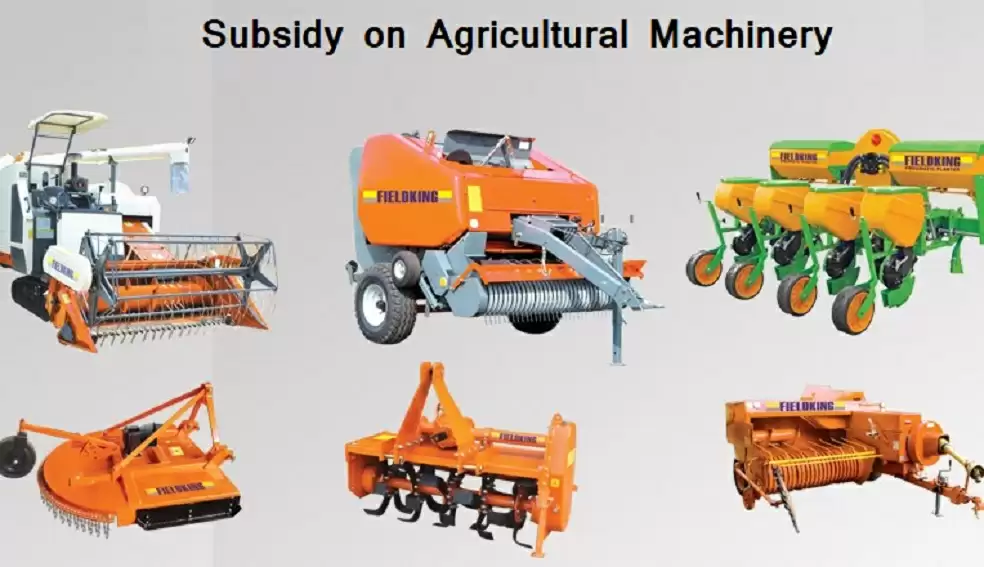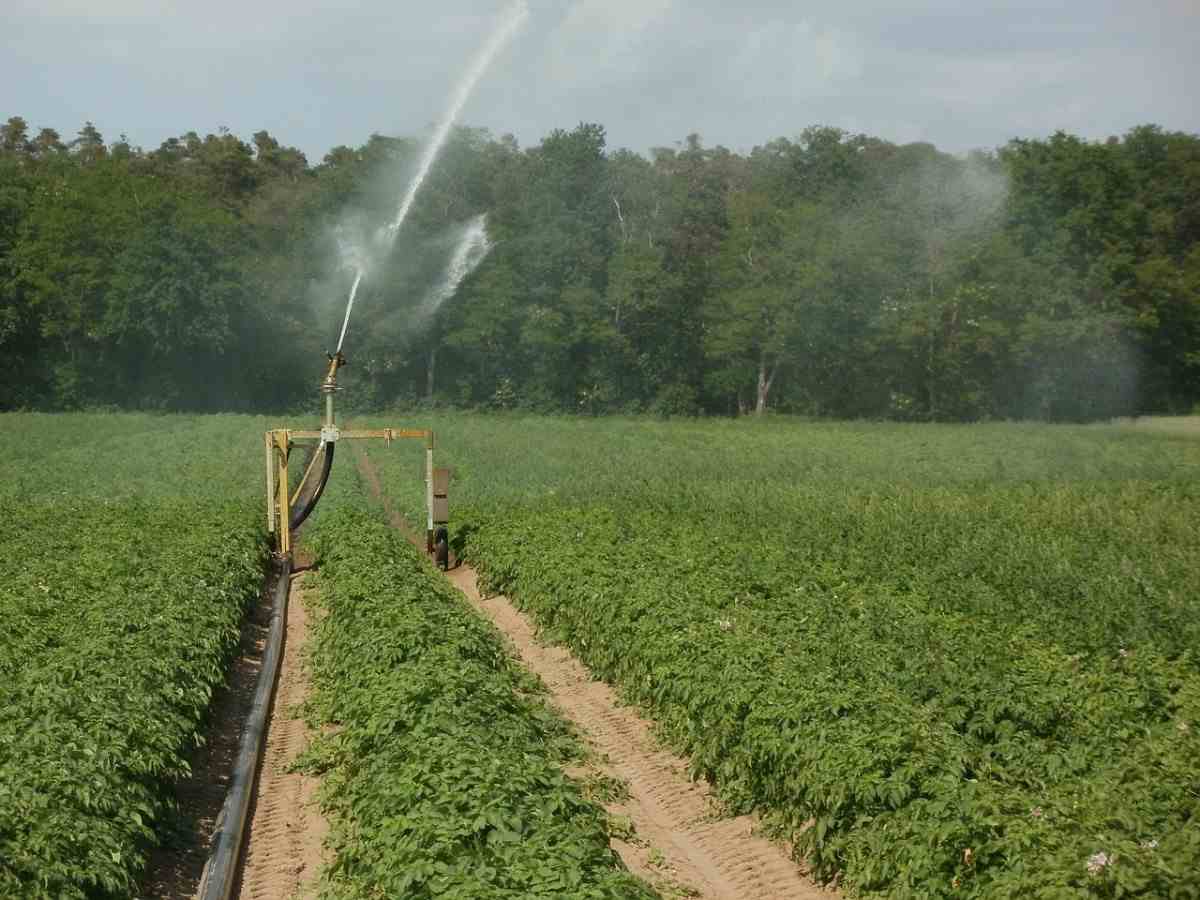A Brief on Agriculture and Farming Subsidies in India
Subsidies can expand the supply of goods because they lower the cost for firms to develop goods. Reducing production costs can boost product availability and better satisfy consumer demand. However, farm subsidies tend to divert producers' attention away from crops and weaken incentives for them to increase productivity.


Let’s get to know –What is a subsidy for farmers?
Agribusinesses, agricultural groups, and farms may get government incentives to boost their income through agriculture subsidies. India’s food and agricultural policy’s most expensive component is input subsidies, which constantly consume a considerable proportion of the country’s budget.
India provides subsidies for agricultural equipment to keep farming costs low and output high. The GOI (Government of India) hopes to reduce costs for farmers and pass some of those savings on to consumers in the shape of lower food prices. In exchange for businesses selling the fertilizer below market rates, GOI directly compensates the fertilizer producers. On the other hand, the GOI directly provides electricity and irrigation to farmers at costs below the cost of production. Due to these measures, farmers receive subsidies ranging from 40 to 72 per cent for fertilizer and 70 to 90 per cent for irrigation and energy.
The average person can purchase agricultural items thanks to subsidies. However, the payment of farmers with subsidies can take many different forms. Some agricultural products are also partially subsidized by the government, lowering their consumers’ prices.
What kinds of agricultural subsidies do farmers receive?
The government offers a variety of subsidies to farmers, including those for exports, irrigation, equipment, fertiliser, and financing.
Fertiliser Subsidy: Presenting farmers access to low-cost conventional or organic fertilizers. It consists of the difference between the price paid to the fertilizer manufacturer (local or international) and the price received from farmers. The government subsidizes the remaining cost. For farmers, this subsidy guarantees affordable inputs.
Power Subsidy: According to the electricity subsidies, the government must charge low prices for the electricity it provides to the farmers. Farmers generally use power for irrigation-related goals. It is the discrepancy between the prices of farmers. You are paid the cost of producing and distributing power to them. Power subsidies encourage farmers to invest in pumping systems, bore wells, and tube wells.
Agricultural Equipment subsidy: Farmers receive the advantage of a subsidy on agricultural machinery through tokens under the UP Krishi Machinery Subsidy Scheme. The government has taken the initiative to offer machine subsidies to support small and marginal farmers.
Irrigations subsidy: Under this supervision, the government offers irrigation infrastructure at a reduction from market rates. It is the discrepancy between the state’s running and maintenance costs for its irrigation system and the irrigation fees farmers pay. This may be an achievement by providing access to public utilities like canals, dams, and tube wells built by the government and used by farmers for little or no cost (in some circumstances). It might also be executed using affordable private irrigation tools like pumping sets.
Seed Subsidy: The government can offer relatively cheap high-yielding seeds with future payment alternatives. The government also carries out the necessary research and development to produce such productive seeds; the cost of these undertakings is essentially a subsidy given to the farmers.
Export Subsidy: Farmers are given this expertise so they can compete on a global scale. Selling agricultural products abroad generates income for the exporter or farmer and foreign exchange for the nation. Therefore, as long as they do not affect the domestic economy, agricultural exports are primarily supported. Export subsidies are those that are offered to increase trade.
Credit Subsidy: The Pradhan Mantri Awas Yojana includes a benefit called the Credit Linked Subsidy Scheme (CLSS), which aims to help India’s Middle-Income Groups, Economically Weaker Sections, and Lower-Income Groups by reducing their housing loan EMIs by over Rs. 2,000 per month by providing an interest subsidy.
Agriculture Infrastructure subsidy: Often, individual efforts are insufficient to increase agricultural output. For production and selling operations, it is essential to have access to reliable roads, storage facilities, power, market information, port transit, etc. These facilities fall under the category of public goods, whose advantages are shared by all local farmers despite their astronomical costs. However, due to their mass and inherent issues with revenue collection, no farmer will volunteer to supply these facilities. As a result, the government takes responsibility for their provision, & given the state of Indian farmers, a lower price might be requested from the less wealthy farmers.
Is agriculture subsidy necessary?
An agricultural subsidy is required, but only for needy farmers. Because farmers stand to gain the most by receiving the full subsidy. Additionally, the difference in consumer spending between the rich and the poor can be narrowed if subsidies are eliminated. Subsidies account for a substantial amount (20%) of total agricultural income, even though their significance to farmers’ livelihoods may vary by area, crop, and farm size.
However, even a significant subsidy increase cannot solve sectoral productivity disparities or make up for small farm sizes. Agriculture subsidies are essential to Indian farmers’ livelihood and play a vital role in expanding the sector. Moreover, the revenue transfer from common taxpayers to farm owners directly results from farm subsidies. Researchers have given their opinions on how the subsidy has affected India’s agricultural sector at the national and international levels.
How much subsidy do Indian farmers get?
The Indian government offers several subsidies for export, irrigation, equipment, finance, and fertilizer. About 2% of India’s GDP comprises farm subsidies, accounting for about 21% of farmers’ overall farm income.
Conclusion
Agriculture subsidies are financial support from the government given to agricultural enterprises of any scale to raise their income. Generally, anyone can qualify for these subsidies, from small family farms to significant agribusinesses. As a result, almost all governments offer eligible candidates some farm subsidies in the developed world.















Your dedication and enthusiasm resonate in every section you pen. It’s absolutely commendable.